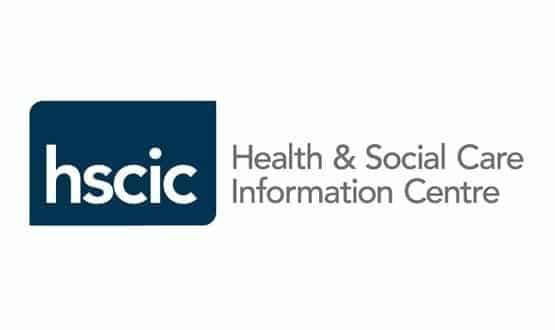HSCIC publishes Data Quality Maturity Index
- 25 May 2016

The Health and Social Care Information Centre has published its first Data Quality Maturity Index, which assesses NHS providers on the quality of the data they submit to the centre.
The initial DQMI is a start point that covers six, core data sets – admitted patient care, outpatient services, accident and emergency, mental health services, improving access to psychological therapies and diagnostic imaging.
Using data from 2015, it shows how many of the rows of data required for each data sets have been submitted correctly – so, for A&E, whether items such as the NHS Number of a person treated, their gender, date of birth and postcode are valid and complete.
Most organisations score well, with 107 of the 399 covered having 99%-100% completion and another 183 having more than 95% completion.
However, Daniel Ray, the HSCIC’s new director of data science, said this was hardly surprising. “We are starting with core data fields, so we would expect organisations to score highly on those,” he told Digital Health News.
“It does not mean their data quality is good in other areas; it may be that in other areas there are improvements to be made.”
The DQMI also shows that seven providers had less than 70% completion; and that a significant minority of providers sit between 70% and 95%.
Ray said he would “strongly encourage” those providers to review the returns they were making to the six key data sets “to understand why they are scoring as low as they are.”
The DQMI, which was published yesterday alongside a methodology, a prototype ‘explorer tool’, a framework to help providers improve data quality, and news about the establishment of a user forum, is a response to long-running concerns about the state of NHS data.
The Audit Commission consistently raised concerns about the quality of data submitted for Payment by Results, while the HSCIC has published annual reports on data quality since 2012.
These have tended to note that key items are missing. For example, the first report found that valid NHS Numbers had been recorded for 98% of inpatient and outpatient services, but just 93% of A&E services.
Things appear to have improved since then, as the DQMI shows that valid NHS Numbers had been recorded for 99.3% and 99.4% of inpatient and outpatient services, and 95.4% of A&E services.
Ray said the intention was to publish the DQMI quarterly, and to expand it over time. “We expect to include more data sets, for example on workforce, and richer clinical data sets,” he said. “We also propose to take into account some of the clinical aspects of data.
“For example, if a male is recorded as having a hysterectomy, that is clearly wrong, so we want to find out how we can get clinical engagement in improving the quality of data that we receive.”
The ‘performance evidence delivery framework’ that the HSCIC published alongside the DQMI advises data providers on how to improve data quality by improving local processes.
Ray said that if they were to look at two things, he would advise them to focus on getting board level engagement in data quality and in making sure that administrative staff were managed effectively to deliver it, and on putting in place effective audit processes.
The HSCIC is due to become NHS Digital this summer. The next DQMI will be published on 14 August.
Daniel Ray has written a column for Digital Health News on the journey that NHS data makes and how to make sure that it arrives at its many destinations in the best possible state. Read his thoughts in features.




